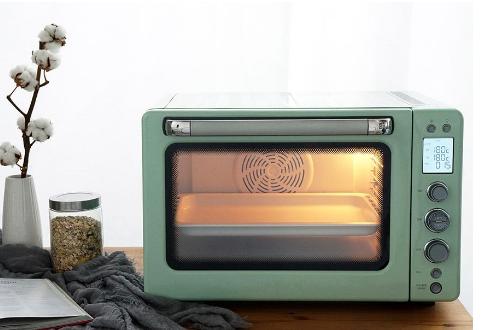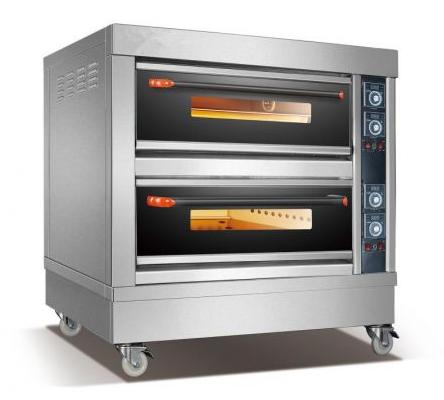With the development of science and technology, people have a higher pursuit of quality of life. Electric ovens came into being and entered thousands of households. People can use it to make food. For families without an electric oven, what is an electric oven? What is the working principle of an electric oven? If you don’t understand, let’s take a look.
Ⅰ. What is an Electric Oven?
Electric Oven
An electric oven is an electric heating appliance that uses the radiant heat emitted by an electric heating element to bake food. Using it, we can make roast chicken, roast duck, toast bread, pastries, etc. According to the different needs of baked goods, the temperature of the electric oven can generally be adjusted within the range of 50-250℃.

Ⅱ. The Working Principle of Electric Oven
The Working Principle of Electric Oven
The electric oven is mainly composed of a cabinet, an electric heating element, a thermostat, a timer, and a power adjustment switch.
1. Cabinet:
It is mainly composed of a three-layer structure consisting of an outer shell, a middle compartment and an inner tank. A curling is formed on the front and rear edges of the inner liner to block the air in the cavity. The outer cavity is filled with insulating expanded perlite products, which greatly reduces the temperature of the shell. At the same time, a spring structure is installed under the door, so that the door is pressed on the door frame. The door has better sealing property. In addition, the box door is equipped with high temperature resistant tempered glass to maintain the temperature in the box and observe the cooking situation of the food.

2. Electric Heating Element:
Common metal tube type coated with far-infrared radiation material. Generally, electric ovens have two upper and lower heating elements, and some add one or two on the side of the box. When the heating tube is switched on, the temperature in the middle position will rise faster than the temperature at both ends. Therefore, if the heating tube is designed in a parallel structure from left to right, it is easy to cause uneven heating of food. If a single M-type heating tube is used, this problem can be solved.
3. Timing Device:
Commonly used clockwork and electric. The former has a timing range of less than 1 hour, and the latter can reach several hours. Some electric ovens have a food tray. It can rotate at a low speed under the drive of a micro-motor, so that the food is roasted more evenly.
We had learned the knowledge of heat transfer in middle school. The main ways of heat transfer are radiation, transmission and convection.
Radiation is the origin of everything in the world. Most of the energy we currently consume comes from solar energy. The sun selflessly delivers its energy to us through radiation.
The main feature of convection is reflected in the word "flow", which refers to fluid. What is fluid? It is an object that can flow. Such as gas and liquid. The most common in daily life is air and water.
Conduction is a common method of heat transfer. The reason why we can feel the temperature by touching an object is the result of conduction. Conduction often occurs between solids. The higher the temperature of the object, the stronger the thermal motion of the molecules. The molecules of low-temperature objects move slowly.